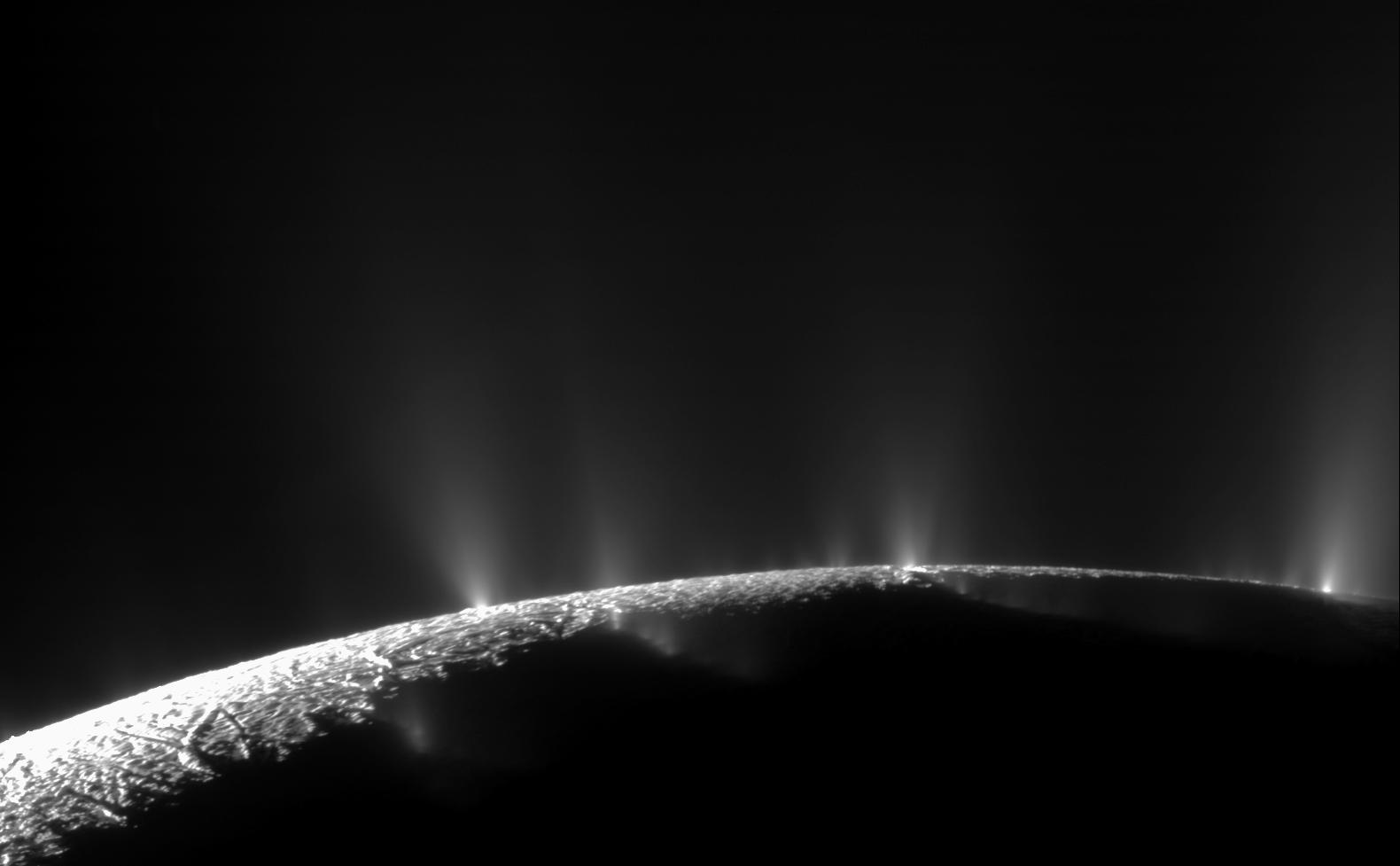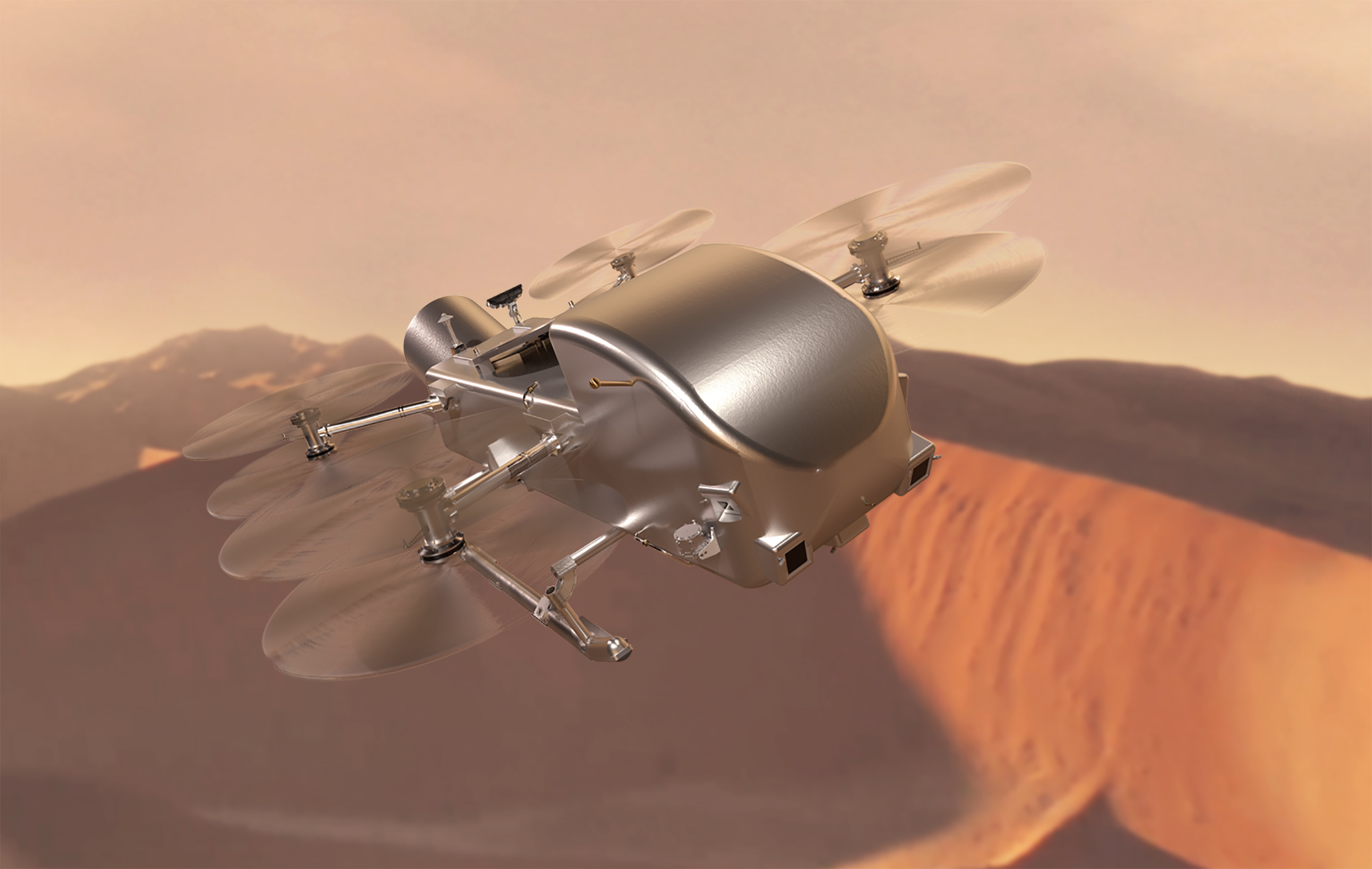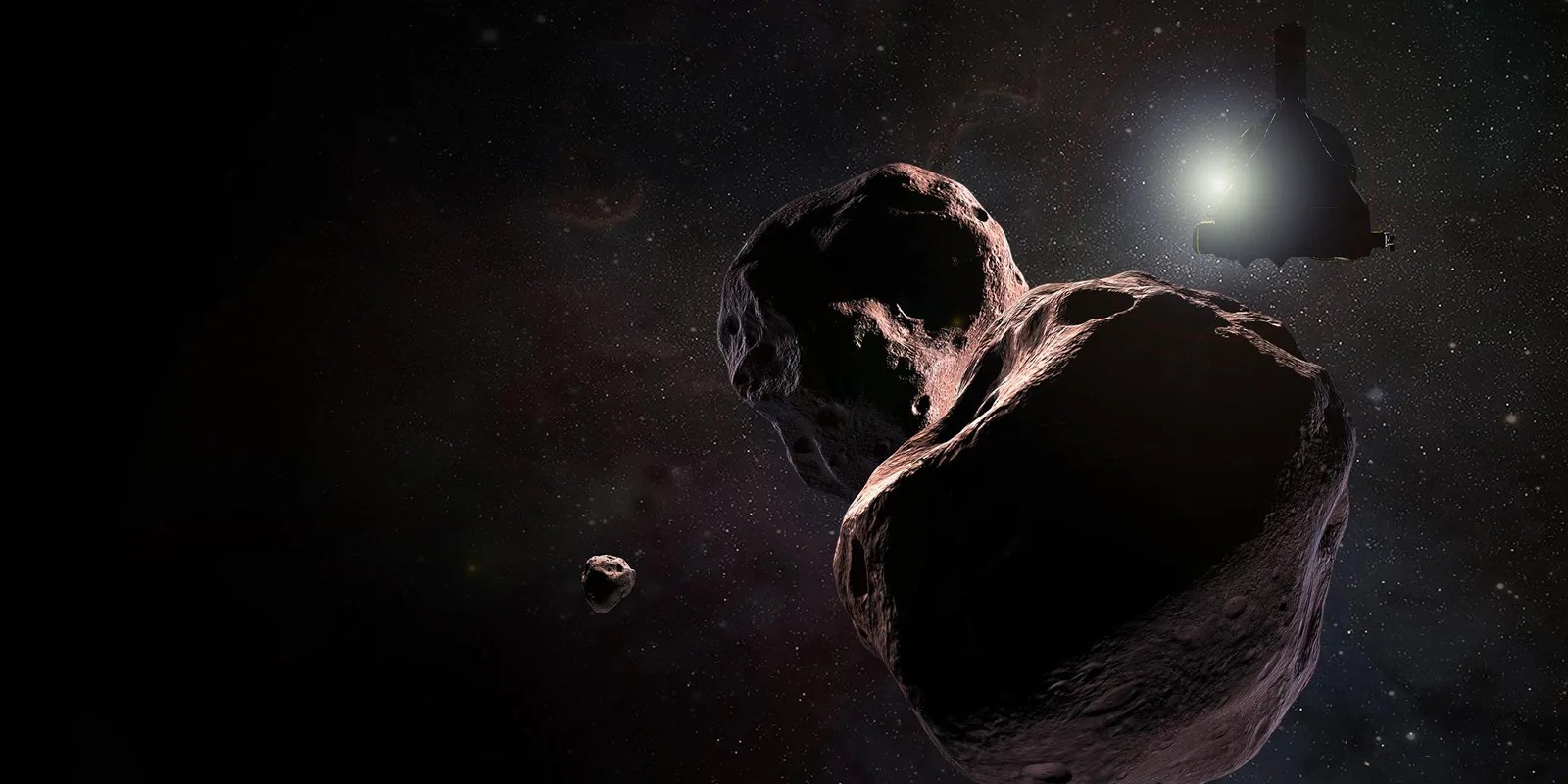5 min read
The most recent spacecraft tracking and telemetry data were acquired Jan. 17 from the Deep Space Network 70 meter diameter Deep Space Station 63 at Madrid, Spain. The Cassini spacecraft is in an excellent state of health, with the exception of the Cassini Plasma Spectrometer remaining powered off, and the anomalous Radio Frequency Subsystem's Ultrastable Oscillator. (The next Radio Science Occultation experiment, which normally would use the Ultrastable Oscillator, is not until June.) All of Cassini's other subsystems are operating normally. Information on the present position and speed of the Cassini spacecraft may be found on the "Present Position" page at: http://saturn.jpl.nasa.gov/mission/presentposition/.
Science activities this week involved the Imaging Science Subsystem (ISS) and other Optical Remote Sensing instruments observing Titan throughout the week to monitor cloud activity while the spacecraft coasted toward apoapsis. ISS also observed Saturn to measure lingering atmospheric activity in the northern hemisphere storm. The Ultraviolet Imaging Spectrograph imaged Titan and Saturn in the extreme- and far-ultraviolet parts of the spectrum. The Composite Infrared Spectrometer observed Saturn to measure oxygen compounds (H2O, CO2) in the stratosphere as a function of latitude, while ISS measured the winds. The Magnetometer instrument performed a calibration activity by having the spacecraft execute a roll about its X-axis.
Wednesday, Jan. 11 (DOY 011)
The Realtime Operations team discovered that the Autorad tool was inoperative. Autorad is a Command System tool that assists the Mission Controller and Sequence Implementation Process Lead when uplinking Cassini's Instrument-Expanded Block commands (IEBs) once per sequence. Incident-Surprise-Anomaly report #50976 documents the failure. Troubleshooting today identified a suspected cause.
Thursday, Jan. 12 (DOY 012)
The Orbit Trim Maneuver #306 design and associated trajectories that were released today marked the first operational delivery using the new navigation software called Monte.
The Cassini Science Planning Team participated in a discussion of issues that are slowing down the process of allocating Deep Space Network (DSN) tracking resources to Cassini. Participants included representatives from the JPL Multimission Resource Scheduling Service team, JPL Interplanetary Network Science Policy Office, and Scheduling Subsystem software developers.
The suspected cause of the Autorad failure was confirmed and corrected, and the tool was reinstated for use with the S72 IEB load uplinks.
The Radio Science Subsystem team conducted a DSN Monopulse Calibration on the 34 meter Deep Space Station 55 in Madrid. Monopulse is a ground-antenna fine-pointing system that provides precise control and monitor for Ka-band Radio Science experiments with Cassini.
A status report was published today regarding the problem with Cassini's Ultrastable Oscillator:
http://saturn.jpl.nasa.gov/news/newsreleases/newsrelease20120112/
Finally, today's news feature on the ecology of Saturn's ring particles appears here: https://solarsystem.nasa.gov/news/11207/predators-and-prey-fluffy-and-slick-br-the-ecology-of-saturns-ring-particles/
Friday, Jan. 13 (DOY 013)
The Orbit Trim Maneuver (OTM) #306 for Jan. 15 was built and commands approved this afternoon. They were uplinked this evening over the 34 meter Deep Space Station 65 in Madrid. Also uplinked were commands to test the Ultrastable Oscillator's output on Jan. 20, including turning Cassini's S-band transmitter on, and a command to set Two-Way Non-Coherent mode on for Jan. 22, when Cassini will participate in a special DSN uplink polarization test for the benefit of the New Horizons mission.
Cassini's 2007 image of Iapetus ("The Other Side of Iapetus," or PIA08384) made the Astronomy Picture of the Day today:
http://apod.nasa.gov/apod/ap120113.html
Saturday, Jan. 14 (DOY 014)
Seven IEB command loads for Sequence S72 were uplinked using Autorad over Deep Space Station 55 in Madrid. Memory readouts from the spacecraft confirmed proper receipt.
Sunday, Jan. 15 (DOY 015)
The last two IEB command loads for Sequence S72 were uplinked using Autorad over Deep Space Station 55 in Madrid. Memory readouts from the spacecraft confirmed proper receipt.
OTM #306 executed today (the nomenclature "OTM #305" was not used). This was the apoapsis maneuver setting up for the Titan-81 encounter on Jan. 30. The Reaction Control Subsystem (RCS) thrusters began their burn at 11:59 PM PST (Earth-receive time). Telemetry immediately after the maneuver showed a burn duration of 44.125 seconds, giving a delta-V of 0.0498 meters per second. All subsystems reported normal performance after the maneuver.
Monday, Jan. 16 (DOY 016)
Apoapsis passage this morning, at 2.96 million kilometers altitude, marked the start of Cassini's 160th orbit of Saturn. The spacecraft's speed relative to Saturn was approximately 5,240 kilometers per hour at this slowest point in the orbit.
The Attitude and Articulation Control Subsystem executed a Reaction Wheel Bias maneuver. Using thrusters to maintain attitude, keeping Cassini's High-Gain Antenna on Earth-point, the reaction wheel speeds were adjusted to the required values.
If you looked south before dawn today, you'd have seen Saturn in a triangle with the Moon below and the star Spica to the right. The reddish object to the right of the trio was Mars.
Tuesday, Jan. 17 (DOY 017)
The background sequence S72 was approved today; it will be uplinked Jan. 20 and begin executing on Jan. 24. Allocations of Deep Space Network station assignments for Cassini had not been completed prior to sequence approval, so the need for real-time commands to minimize science data loss will be determined after final DSN allocations have been made; these are expected at the end of January.







